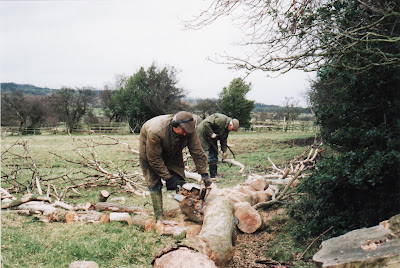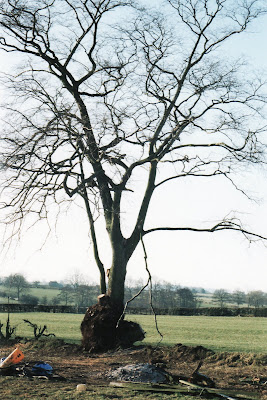In 1984 my then husband (d.1991) and I visited China, staying for a week in Beijing and then travelling into Mongolia by train for the second week.My memories of Beijing are really limited to places of tourist interest, the millions of bicycles and hardly any cars on the roads (yes - this has changed now), Tienanmen square, kites, dragons, and a very plastic Chairman Mao (who had been one of my heroes). I am sure the reason for my memories being so few is that the train journey was so mind-blowing that it took over.
We travelled "tourist class" (in those days we had no option), which meant white linen covers on the seats and a charming Chinese lady circulating constantly with a pot of freshly-made lemon tea. The train went quite slowly, the atmosphere was serene and I, for one, spent the whole journey with my nose pressed to the window, looking out. I did not want to miss one single second of that journey. (would you believe that some people slept for the first six hours or so!)
I have many "snapshot" memories of that journey:
Looking into rural backyards where children and little black pigs would be running around, and where the women would be shaking and hanging out bedding.
Maize cobs lying on the roofs of houses.
Getting a brief glimpse into a village square and seeing a donkey walking round and round, working a mill wheel grinding corn, while the village women stood around, chatting.
Acres of paddy fields of brown soil, separated by narrow, tree-lined roads full of cycling workers.
Tall, steep mountains with trees growing all along the topmost ridges - just like you see in Chinese paintings.
A man walking home through the countryside with a whole side of what looked like deer carried over his shoulder.
Mile after mile of brown and white countryside, the rivers frozen and the fields bare (it was mid-January).
Deep lakes frozen with ice a metre thick and lotus leaves suspended in the ice.
But there was one memory I carried with me that is still as fresh as the day I saw it. That is the memory of the man in the painting at the beginning of this post. The rivers were frozen solid, the train was stationary, and as I watched this man walked along the river bed, then turned towards the village in the distance, carrying a large bundle of twigs on his shoulders. There was beauty, there was serenity, there was the epitome of rural life in China at that time. It was like looking into a time bubble - it was as though the image stood still; I have it in my head today, just as I always have it in my head when China is mentioned.
And I wonder. Who was her? Was he a young man, or an old man? Was he carrying fuel to warm his family and provide heat for cooking? Where is he now? The questions could go on and on.
When we returned, because the image had made such a profound impression on me, my husband did this oil painting. It hangs on my staircase and I pass it many times a day. I love the painting as much today as I did when he first gave it to me. It makes me think too - that man - just a simple man, carrying a simple bundle of twigs - has no idea of my existence, has no idea that he is, for me, my over-riding image of rural life in China.
I hope you enjoy looking at the picture as much as I do.
## Man carrying twigs. Painted by Malcolm Rivron (1924 - 1991)









